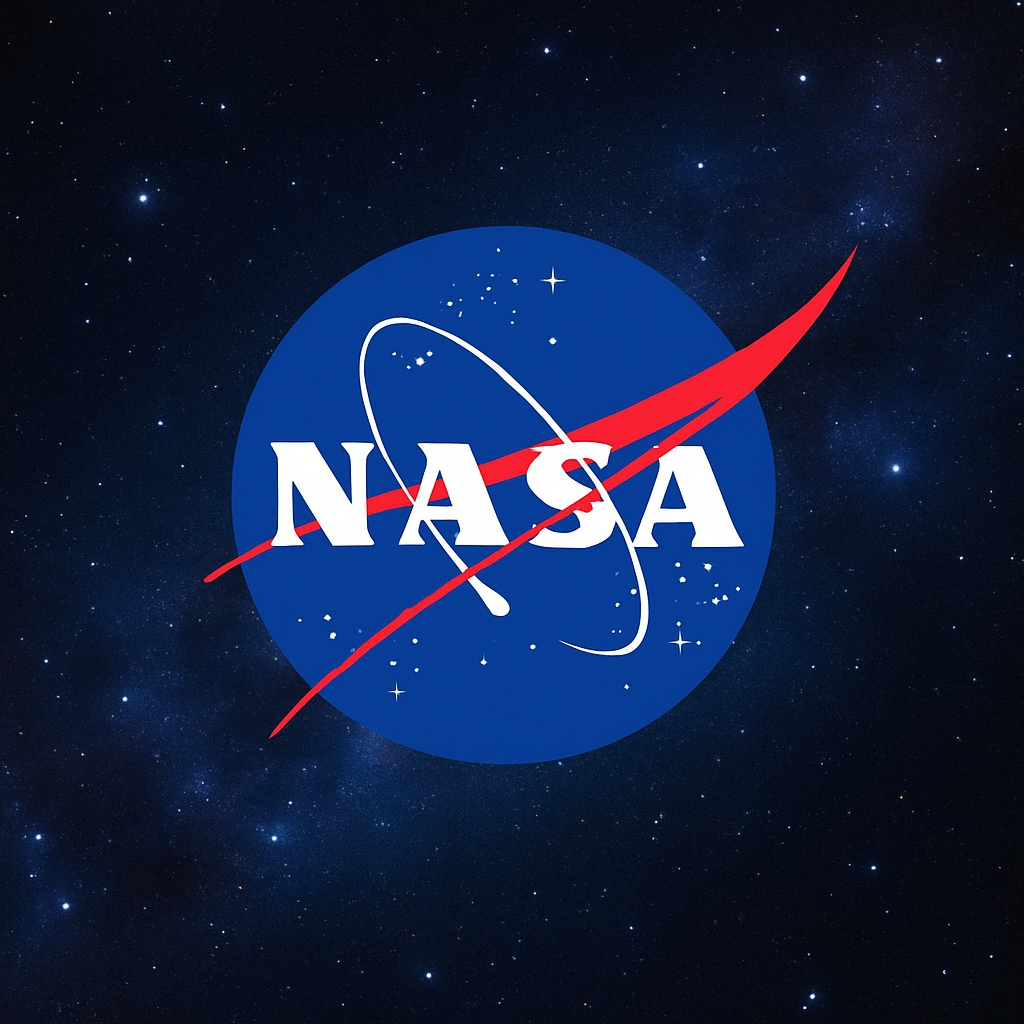
NASA Rough Terrain Rover
As Computer Engineering Team Lead for this NASA-sponsored project, I directed the development of an autonomous rough terrain rover designed for planetary exploration applications. This senior capstone project challenged our interdisciplinary team to create a robust robotic system capable of navigating challenging terrain while maintaining communication and collecting environmental data.
The project combined advanced robotics, computer vision, wireless communications, and embedded systems to create a platform that could serve as a prototype for future Mars exploration missions.
Control Systems
- • Embedded microcontroller architecture
- • Real-time operating system (RTOS)
- • Sensor fusion algorithms
- • Motor control and navigation
Computer Vision
- • Obstacle detection and avoidance
- • Real-time video streaming
- • Image processing algorithms
- • Path planning optimization
Wireless Communication System
Designed and implemented a robust wireless control system enabling remote operation and real-time data transmission over extended distances, critical for planetary exploration scenarios.
Autonomous Navigation
Developed autonomous driving capabilities including obstacle detection, path planning, and adaptive navigation algorithms that allow the rover to operate independently in challenging terrain.
Power Management
Designed efficient power distribution system to maximize operational time while supporting high-power motors, sensors, and communication systems.
Real-Time Processing
Implemented real-time image processing and decision-making algorithms that operate within strict timing constraints for safe autonomous navigation.
Environmental Robustness
Engineered systems to withstand harsh environmental conditions including dust, temperature variations, and mechanical stress from rough terrain navigation.
Technical Achievements
- • Successful autonomous navigation demo
- • Real-time video streaming capability
- • Robust wireless control system
- • Advanced obstacle detection
Recognition & Impact
- • NASA project sponsor approval
- • Senior design showcase winner
- • Peer recognition for innovation
- • Foundation for graduate research
As Computer Engineering Team Lead, I coordinated with mechanical and electrical engineering students to integrate complex systems. This required strong project management skills, technical communication, and the ability to bridge different engineering disciplines.
The project taught valuable lessons in systems integration, real-world problem solving, and working within the constraints and requirements typical of aerospace applications.